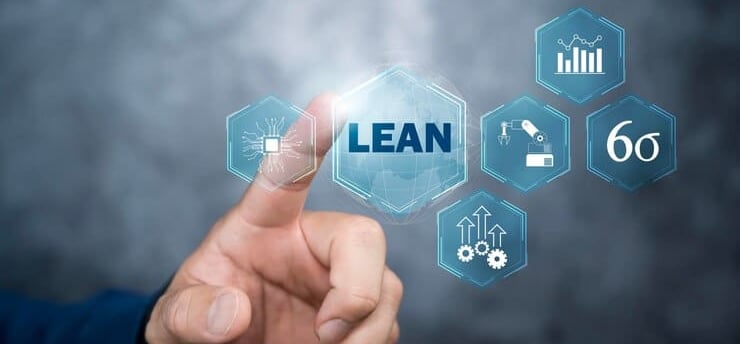Lean Six Sigma and Sustainability in 2025: The Perfect Balance Between Efficiency and Responsibility
This blog emphasizes how Lean Six Sigma is aligning with sustainability goals to create more eco-friendly and efficient operations. It highlights trends such as zero-waste initiatives, energy optimization, and sustainable supply chains, showcasing how businesses can achieve environmental and economic benefits while positioning themselves as responsible leaders in their industries.
Eloy Nieves Muñiz M.S.M.C.
11/17/20241 min read


In 2025, sustainability will no longer be a trend but a necessity for companies aiming to thrive in an environmentally conscious market. Lean Six Sigma will play a vital role in achieving these goals.
1. Projects Aimed at Zero Waste
Eliminating waste will be a top priority for companies in 2025. Lean Six Sigma will help identify not only operational inefficiencies but also opportunities to reuse materials and by-products. For example, a food plant could repurpose by-products to generate renewable energy instead of discarding them.
2. Energy Optimization
With rising energy costs and stricter regulations, Lean Six Sigma will focus on energy efficiency projects. Companies will use tools like value-added analysis to identify high-consumption areas and optimize energy usage, reducing costs and carbon emissions.
3. Sustainable Supply Chains
In 2025, supply chains will need to be more transparent and responsible. Lean Six Sigma will allow companies to evaluate and optimize their logistics networks, reducing emissions from transportation and ensuring more sustainable practices at every stage.
Conclusion
Lean Six Sigma will bridge operational efficiency and sustainability in 2025. Companies that integrate this methodology into their environmental goals will not only meet expectations but also strengthen their reputation and profitability.
Lean Manufacturing Consultants, LLC
(787) 690-8508
enieves@leanmanufacturingpr.com
Eloy Nieves Muñiz M.S.M.C Ph.D (std)
